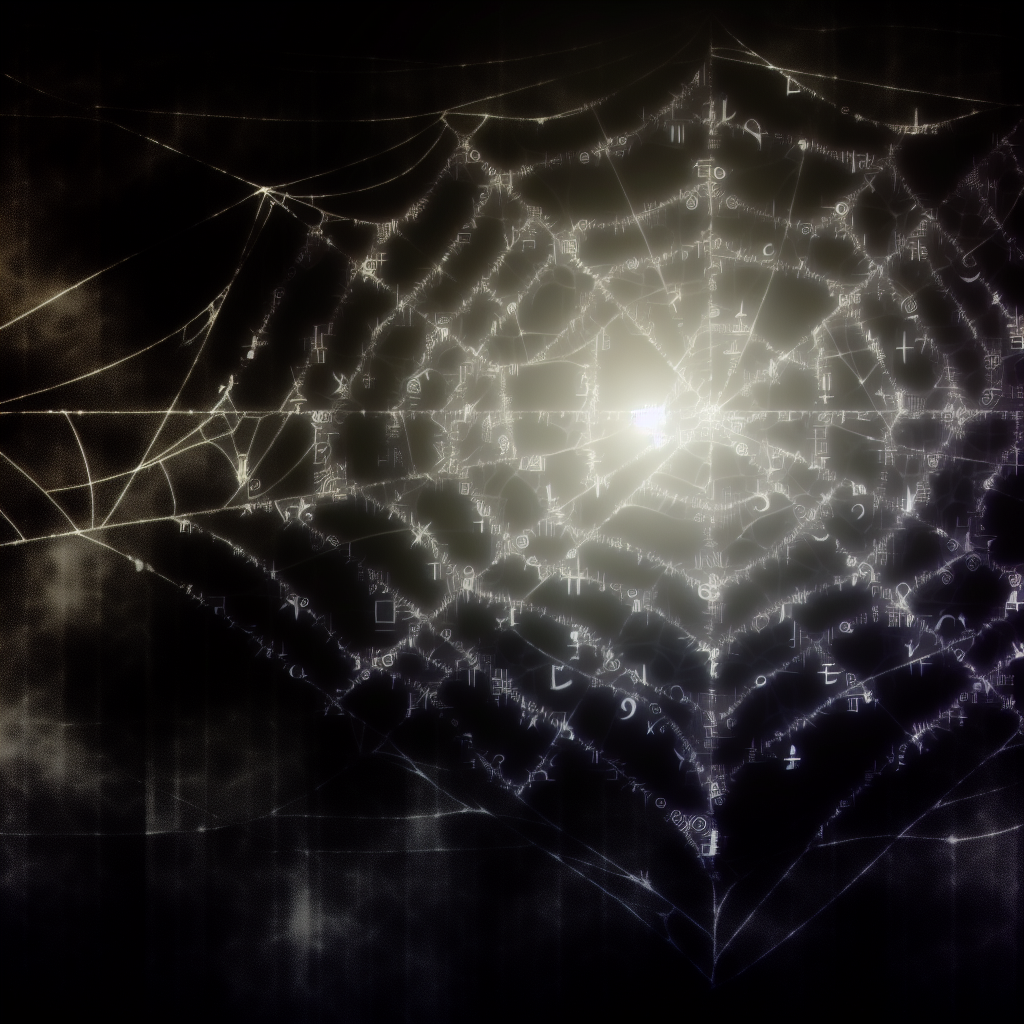In the digital age, the Dark Web has become a mysterious and often misunderstood realm of the internet. With its reputation for illicit activities and anonymity, the Dark Web has captured the curiosity of many. In this article, we will delve into the technical aspects of the Dark Web, exploring how it operates and the technologies that enable its existence. Additionally, we will provide a non-technical breakdown of the Dark Web, shedding light on what it really is and debunking some common misconceptions. Join us as we demystify the Dark Web and uncover the truth behind this hidden corner of the internet.
1. "Exploring the Dark Web: A Technical Breakdown"
The Dark Web, often referred to as the hidden part of the internet, is a mysterious and intriguing realm that is not indexed by traditional search engines. It is a collection of websites and online platforms that are intentionally hidden from the public eye and can only be accessed through special software like Tor.
One of the key characteristics of the Dark Web is its anonymity, as users can browse and communicate without revealing their identities. This anonymity has made the Dark Web a hotspot for illegal activities such as drug trafficking, cybercrime, and illicit trade.
From a technical standpoint, the Dark Web operates on a different infrastructure than the surface web. Instead of using regular URLs, websites on the Dark Web have complex, randomized URLs that are difficult to remember or access without the proper tools. Additionally, the Dark Web relies on encryption and layers of security to protect the identities of its users and the confidentiality of their communications.
Exploring the Dark Web from a technical perspective requires a deep understanding of encryption, security protocols, and anonymity tools. It is a complex and ever-evolving environment that poses significant challenges to law enforcement and cybersecurity professionals. Despite its illicit reputation, the Dark Web also serves as a haven for whistleblowers, activists, and individuals seeking privacy and freedom of speech.
2. "Demystifying the Dark Web: What You Need to Know"
The Dark Web is a part of the internet that is not indexed by traditional search engines like Google or Bing. It is a hidden network of websites and online services that require specific software, configurations, or authorization to access. The dark web is often associated with illegal activities such as drug trafficking, weapons sales, and cybercrime.
However, it is important to note that not everything on the dark web is illegal. There are legitimate uses for this hidden network, such as protecting the privacy and anonymity of users, accessing censored information, or communicating securely. It is a place where whistleblowers, journalists, and activists can exchange information without fear of censorship or surveillance.
Despite its notoriety, the dark web is not as mysterious or inaccessible as it may seem. With the right tools and knowledge, anyone can access this hidden network. It is essential to understand the potential risks and dangers associated with navigating the dark web, such as encountering malicious actors, scams, or illegal content.
By demystifying the dark web and educating yourself on how to navigate it safely, you can make informed decisions about whether or not to explore this hidden corner of the internet. Remember to always prioritize your online security and privacy, and use caution when interacting with unknown entities on the dark web.

